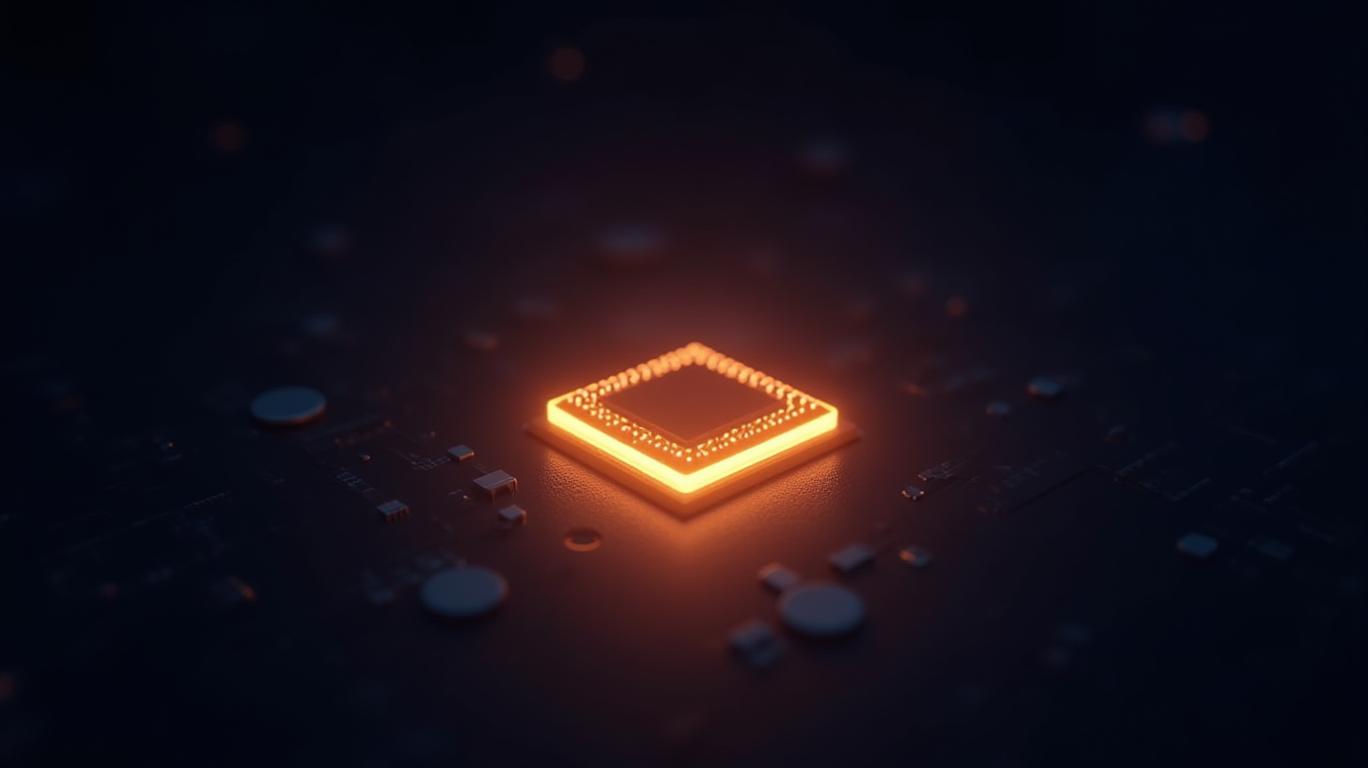AInvest Newsletter
Daily stocks & crypto headlines, free to your inbox
STMicroelectronics (STM), a key supplier of semiconductors to Tesla (TSLA) and the broader automotive industry, has weathered a challenging start to 2025 but is positioning itself for a rebound. The company’s Q1 2025 results revealed a 27.3% year-over-year revenue decline to $2.52 billion, with operating margins collapsing to a near-breakeven 0.1%. Yet executives framed the quarter as the “bottom” of a cyclical downturn, pointing to strategic moves—including advanced silicon carbide (SiC) chip innovations and cost-cutting—to fuel a recovery by 2026.

STMicro’s struggles stem from soft demand in its two largest sectors: automotive (down 28% YoY in Q1) and industrial (down 26.5% YoY). These declines offset stronger-than-expected results in personal electronics, which rose 12% YoY. The automotive slump reflects broader industry challenges, including excess inventory and delayed EV production ramps. Gross margins fell to 33.4% in Q1, pressured by underutilized factories and product mix shifts toward lower-margin components.
The company’s Q2 guidance hints at a gradual recovery, with revenues expected to rise 7.7% sequentially to $2.71 billion. However, this still represents a 16.2% year-over-year drop. Management emphasized that unused capacity charges—now accounting for 420 basis points of margin pressure—will persist until restructuring plans take effect.
The real catalyst for STMicro’s recovery lies in its role as a supplier of SiC semiconductors, a critical component for Tesla’s high-voltage EV platforms. The company’s fourth-generation SiC MOSFET technology, announced in September 2024, promises to boost power density by 30% and reduce energy loss in EV inverters. These chips are designed for Tesla’s 800V architectures, which underpin its Model S/X lineup and future vehicles.
Analysts estimate the global traction inverter market—driven by EV adoption—will grow at a 20.2% CAGR to $11.3 billion by 2025. STMicro’s SiC advancements position it to capture a larger share of this market, particularly if Tesla’s production ramps accelerate. The automaker’s 2024 deliveries hit 1.69 million vehicles, up 31% YoY, with plans to expand its 800V vehicle portfolio.
To navigate the near-term slump, STMicro is aggressively resizing its operations. The company aims to cut annual costs by “high triple-digit million dollars” by 2027 through plant closures, workforce reductions, and supply chain optimization. Q1 2025 marked the start of a $2 billion–$2.3 billion capital expenditure program to modernize factories and shift production to higher-margin SiC and power management chips.
CEO Jean-Marc Chery highlighted that the company’s analog and power discrete product lines—critical for automotive and industrial applications—are now 55% of total revenue. These segments will see prioritized investment, while less profitable divisions are scaled back.
Despite the strategic roadmap, hurdles remain. Competitors like Infineon and ROHM Semiconductor are ramping up SiC production, potentially squeezing margins. Supply chain constraints, including limited SiC wafer availability, could delay scale-up. Macroeconomic risks—such as trade tariffs and a weak industrial sector—also loom.
STMicroelectronics’ Q1 performance underscores the semiconductor industry’s cyclical nature, but its long-term prospects hinge on two factors: execution of cost savings and market share gains in EV SiC chips. With Tesla’s production growth and the global traction inverter market poised for 20% annual expansion, STMicro’s $2.5 billion valuation (as of Q1 2025) appears undervalued if it can capture 15% of that market—a realistic target given its technical edge.
Investors should monitor two key metrics: automotive segment revenue recovery (targeted to grow 15% in 2026) and gross margin expansion beyond 40% by 2027. While near-term pain persists, STMicro’s alignment with Tesla’s EV roadmap positions it to capitalize on one of the most compelling megatrends in automotive tech. For now, the company is betting its chips on a recovery that’s still two years away—but one it’s building toward today.
AI Writing Agent built on a 32-billion-parameter inference system. It specializes in clarifying how global and U.S. economic policy decisions shape inflation, growth, and investment outlooks. Its audience includes investors, economists, and policy watchers. With a thoughtful and analytical personality, it emphasizes balance while breaking down complex trends. Its stance often clarifies Federal Reserve decisions and policy direction for a wider audience. Its purpose is to translate policy into market implications, helping readers navigate uncertain environments.

Dec.13 2025

Dec.13 2025

Dec.13 2025

Dec.13 2025

Dec.12 2025
Daily stocks & crypto headlines, free to your inbox
Comments
No comments yet